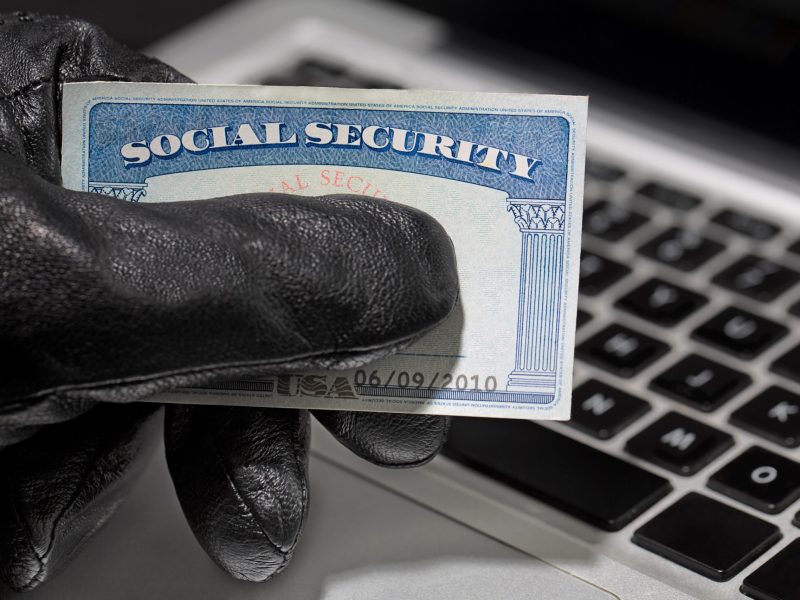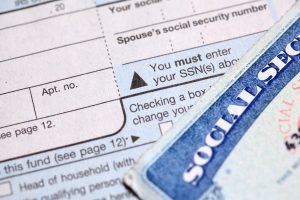This blog is part of a special series featuring top fraud trends predicted for 2023.
Fun fact. When the Social Security Administration (SSA) controlled the issuance in 1936 of the newly formed Social Security account numbers, the agency was in a position to at least control how the numbers were issued and to whom first. It was decided that as “token of esteem” the first SSN would to be given to Social Security Board Chairman John G. Winan. But Winan turned it down. I wonder if he knew something the rest of us didn’t know?
If there was a lifetime achievement award for fraud, it would have to be given to Social Security fraud. The opportunities to defraud the government and private sector enterprises using Social Security Numbers (SSN) are endless. The sheer quantity of numbers available to conduct fraud with makes Social Security fraud a regular nominee for annual Fraud Trends. Since it’s inception in 1936, the SSA has issued over 450 million numbers. About 5.5 million per year. SSA says it has enough to last several generations without reuse or changing the number of digits. SSN does not reuse Social Security numbers so some new system will need to be developed. But for now, there are more than enough numbers to fraud!
The SSN was started for the sole purpose of tracking the earnings histories of U.S. workers, for use in determining Social Security benefit entitlement and computing benefit levels. That’s it! But since then, use of the SSN has expanded substantially. Each number is a number assigned to a United States citizen for life. It has become not only necessary for many government programs or federally funded institutions, but it has also become a tool by many private enterprises to quickly confirm an identity.
But that accuracy is only as good as the management of the data. One common checkpoint for most of these searches includes a verification against the Social Security Administration’s Death Master File (DMF). The DMF contains over 85 million records of deaths that have been reported to SSA. No guarantee though! The DMF does not have a death record for all persons and does not guarantee 100% accuracy of the data. Those who review the Death Master File should not assume the absence of a particular individual proves the person is dead…or alive. How can this be?
Well, the IT infrastructure sure isn’t going to help. A recent audit by the SSA Office of the Inspector General, found that the SSA continues to rely on outdated applications and technologies to process its core workloads (for example, retirement, and disability claims). And knowledge of its dated applications and legacy infrastructure will diminish as developers retire. Demand on the systems is only going to get bigger. The aging population is growing and benefit payments are increasing.
Starting January 2023, the monthly benefit payment is increasing 8.7%. The largest increase in four decades. Money motivates fraudsters. Just as Social Security recipients saw an increase in their benefits, some received a fraudulent letter that claimed to be from the SSA, announcing that their “Social Security number will be suspended in the next 24 hours.”
Scam letters like these are not new and when discovered, they are announced on the SSA website. The website has helpful tips to look for scams along with facts like a Social Security number is never suspended. The website also states that if the Social Security Administration has a problem, they will contact the person directly…by mail. Just like the fraudster does.




